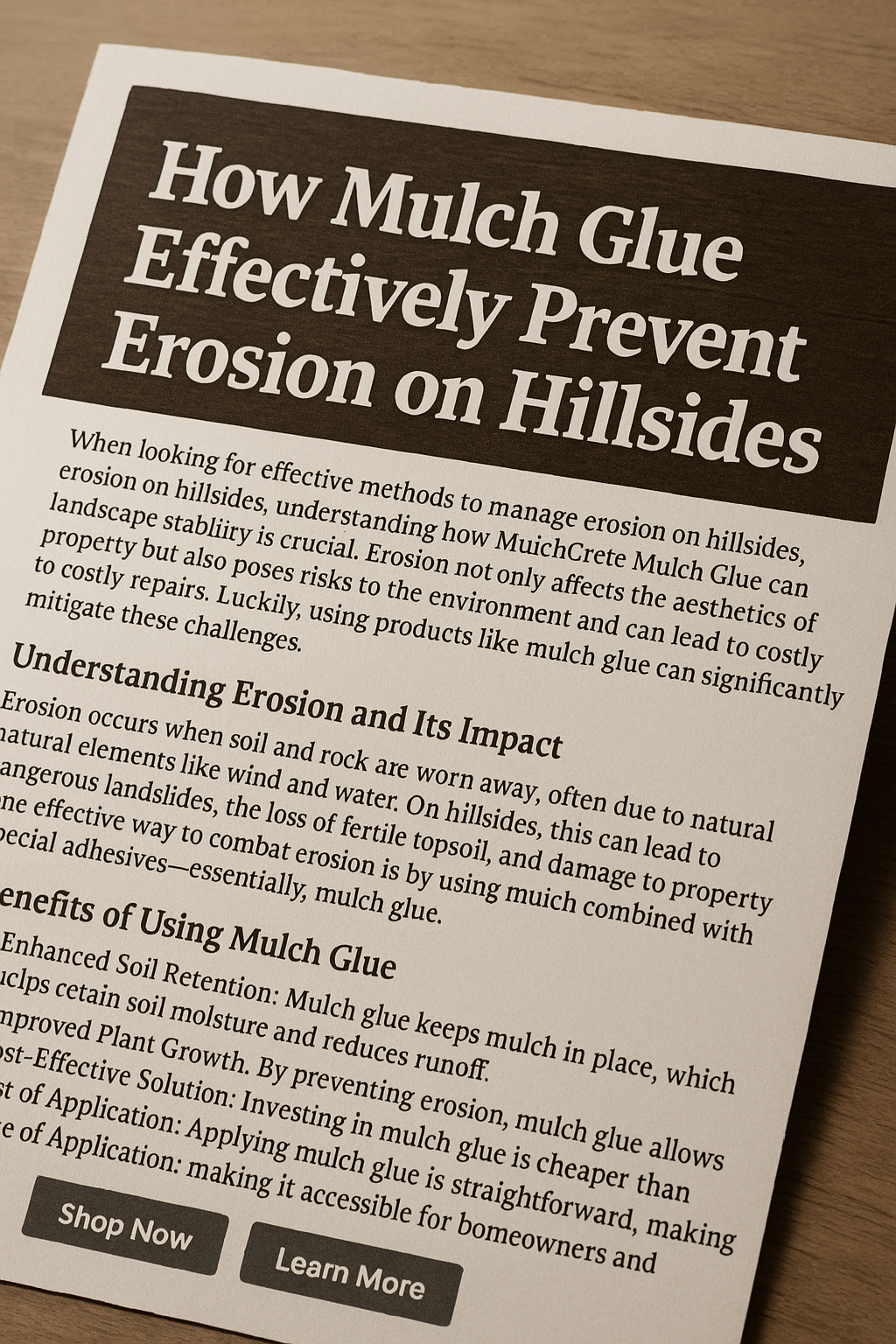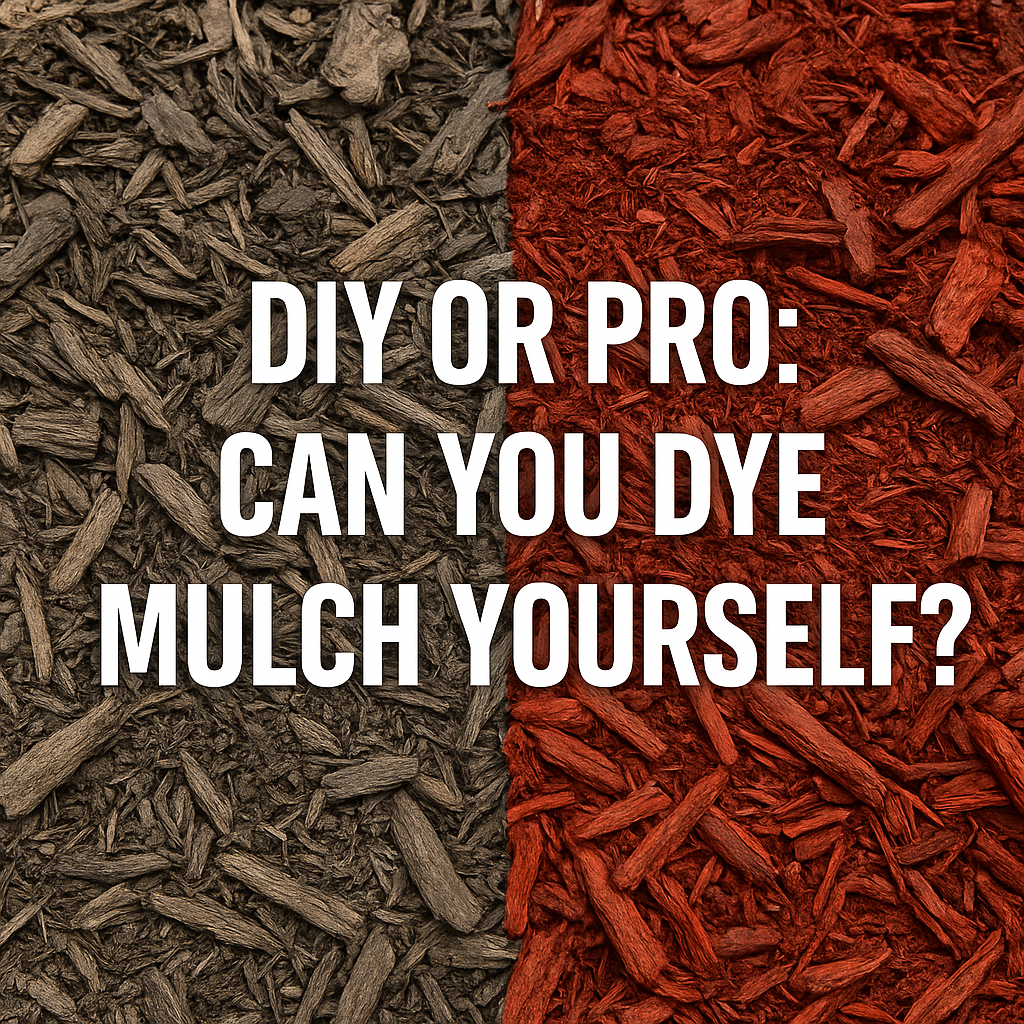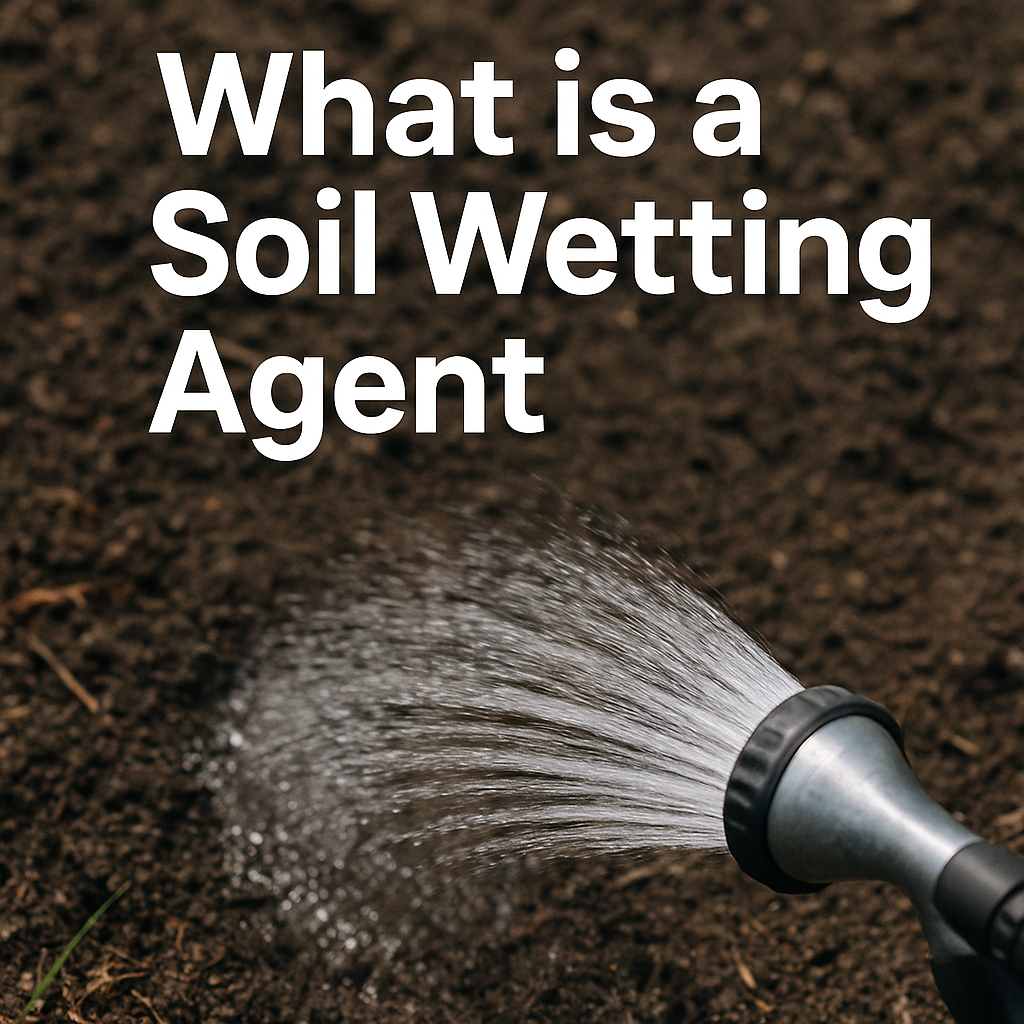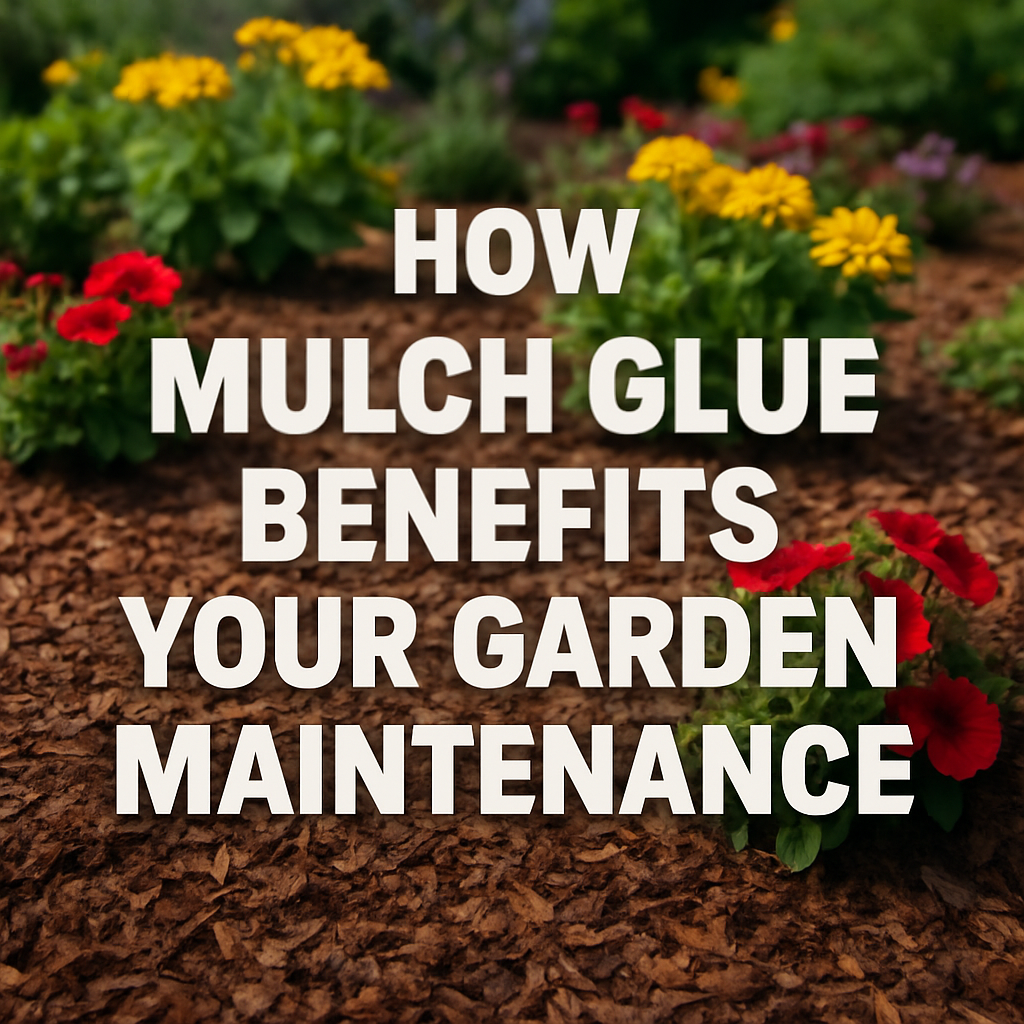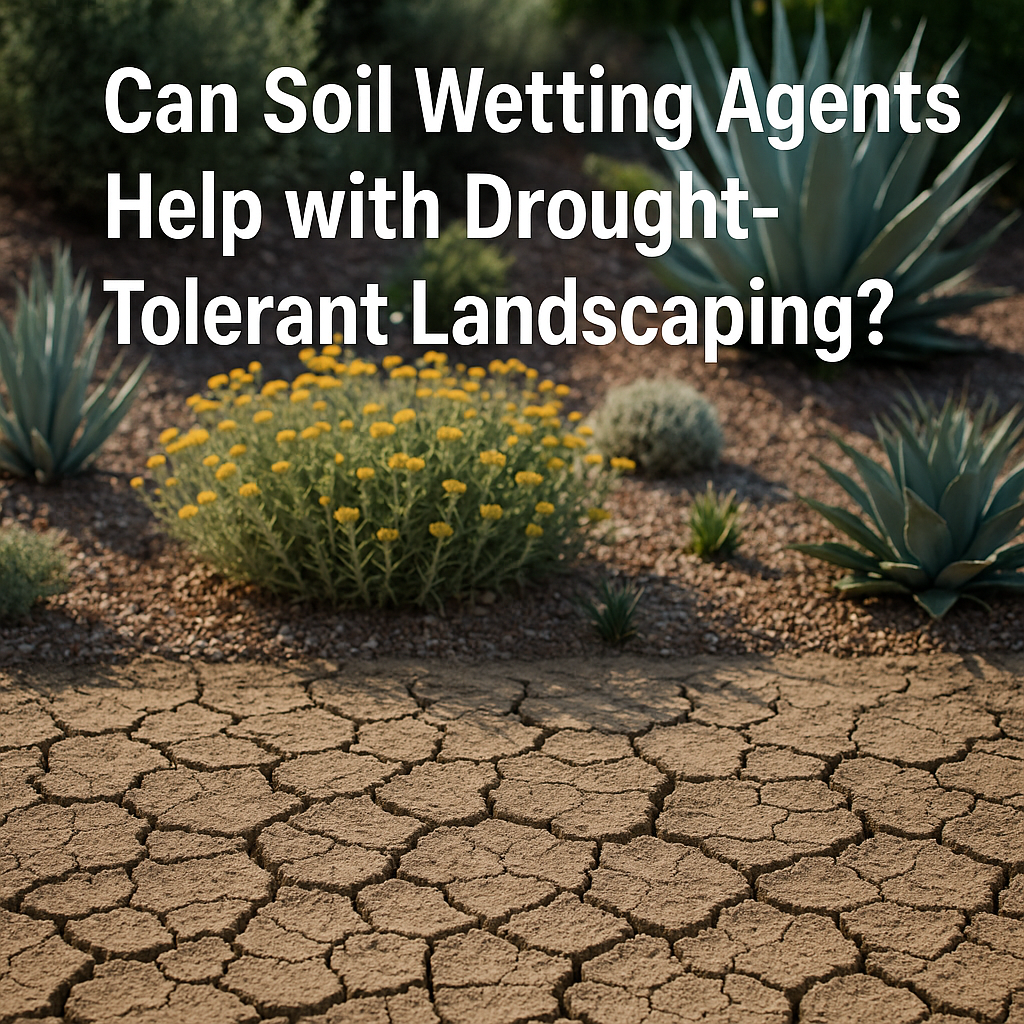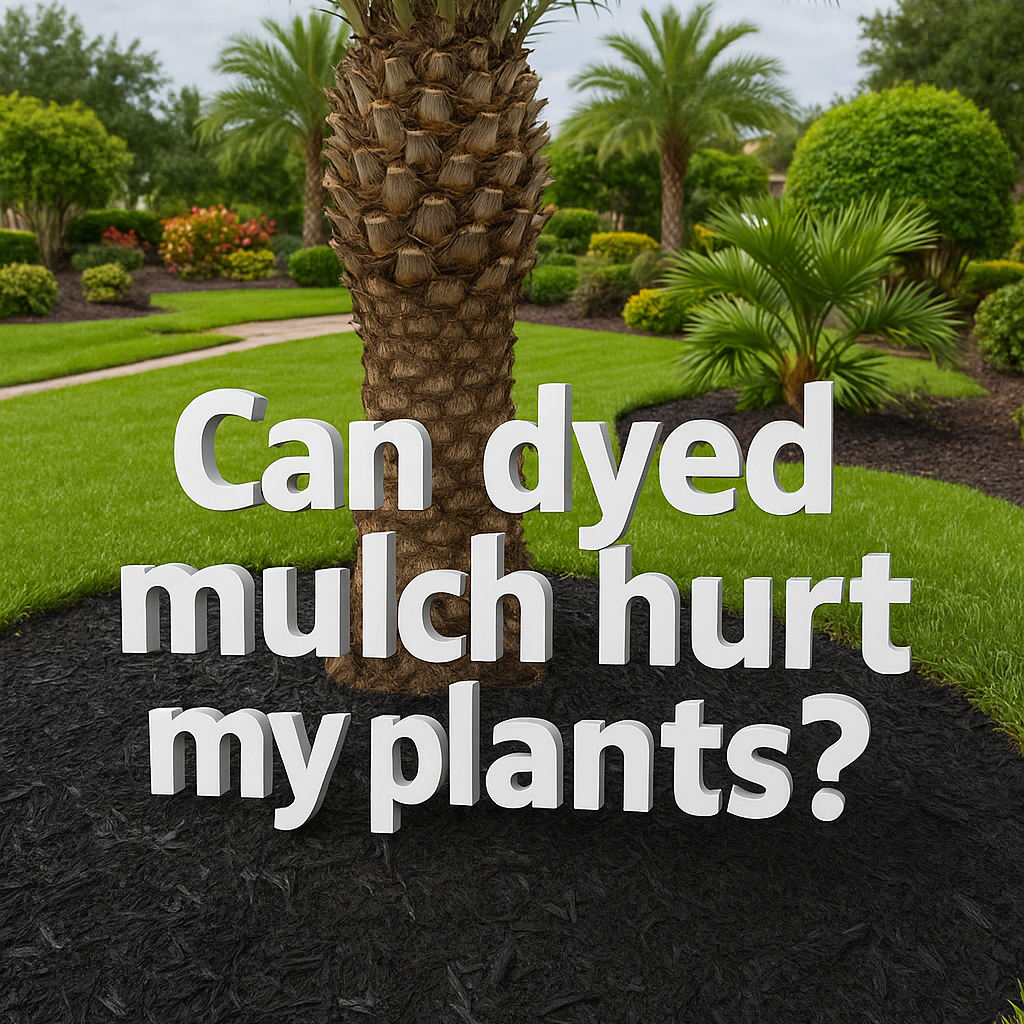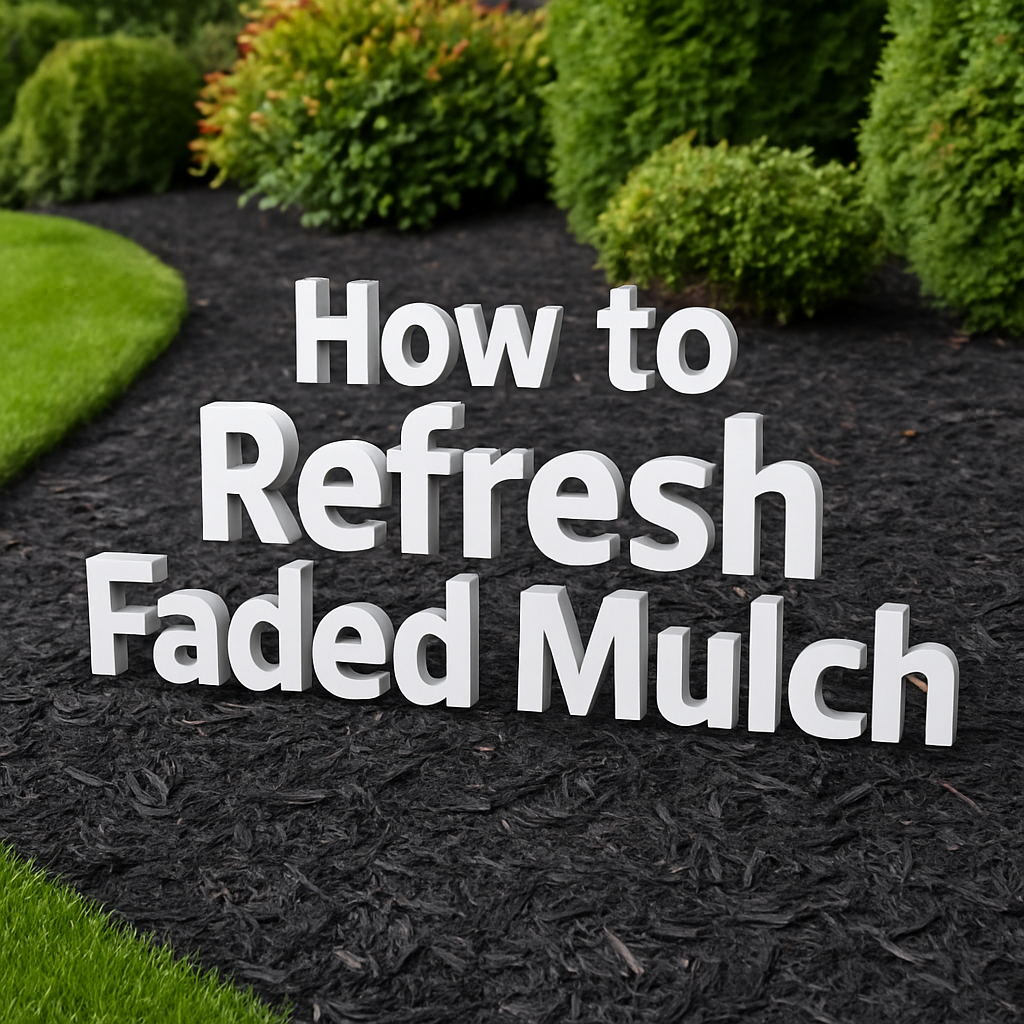How Mulch Glue Can Effectively Prevent Erosion on Hillsides
When looking for effective methods to manage erosion on hillsides, understanding how MulchCrete Mulch Glue can contribute to landscape stability is crucial. Erosion not only affects the aesthetics of your property but also poses risks to the environment and can lead to costly repairs. Luckily, using products like mulch glue can significantly mitigate these challenges.
Understanding Erosion and Its Impact
Erosion occurs when soil and rock are worn away, often due to natural elements like wind and water. On hillsides, this can lead to dangerous landslides, the loss of fertile topsoil, and damage to property. One effective way to combat erosion is by using mulch combined with special adhesives.
What is Mulch Glue?
MulchCrete is a specialized product designed to bind mulch and other materials together. By creating a cohesive layer, Mulch Crete enhances the mulch’s ability to stay in place, preventing it from being washed or blown away during adverse weather conditions. This solution is particularly effective on steep grades where erosion is most prevalent.
Benefits of Using Mulch Glue
1. Enhanced Soil Retention: Mulch Crete keeps mulch in place, which helps retain soil moisture and reduces runoff.
2. Improved Plant Growth: By preventing erosion, it allows plants to establish deeper root systems, promoting healthier growth.
3. Cost-Effective Solution: Investing in mulch glue is cheaper than repairing erosive damage.
4. Ease of Application: Applying mulch glue is straightforward, making it accessible for homeowners and landscapers alike.
Choosing the Right Product
Geoponics offers a variety of products to help you manage erosion effectively. One standout choice is Mulch Crete, a high-quality solution designed to bind mulch materials together securely. Its composition ensures that it acts as a reliable barrier against erosion.
When applying mulch glue or a product like Mulch Crete, ensure that the surface is prepared correctly. Clean the area of debris for the best adhesion and follow the manufacturer’s instructions for application to achieve optimal results.
Additional Erosion Control Solutions
In addition to Mulch Crete, Geoponics provides other innovative solutions like Penterra. This product enables water to move more effectively through soil, enhancing drainage and reducing the likelihood of surface erosion. Utilizing such products in conjunction can greatly improve your landscape’s stability.
Conclusion
Managing erosion on hillsides requires proactive strategies. By utilizing mulch glue, especially products like Mulch Crete, you can enhance soil retention, encourage plant growth, and protect your landscape from the damaging effects of erosion. Start implementing these solutions today and safeguard your property against erosion risks.
If you have questions or need assistance in choosing the right product for your needs, feel free to Contact Us.

